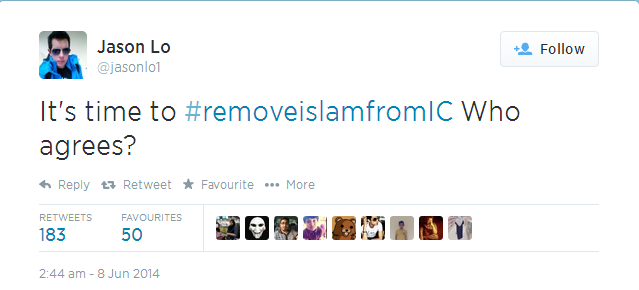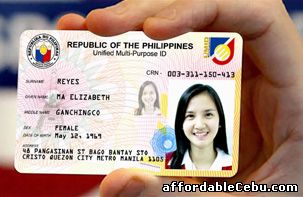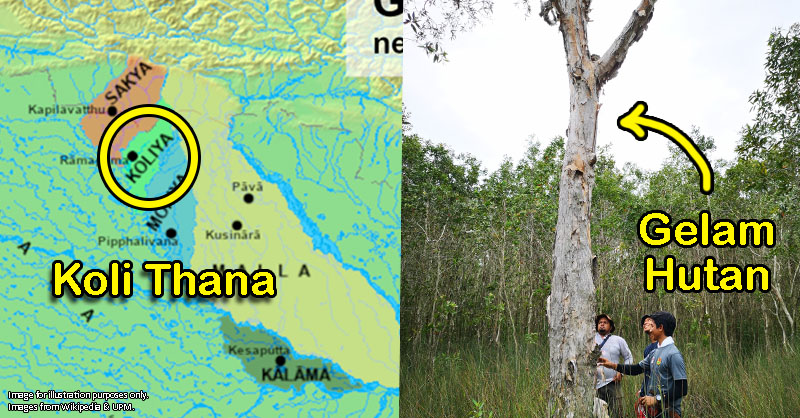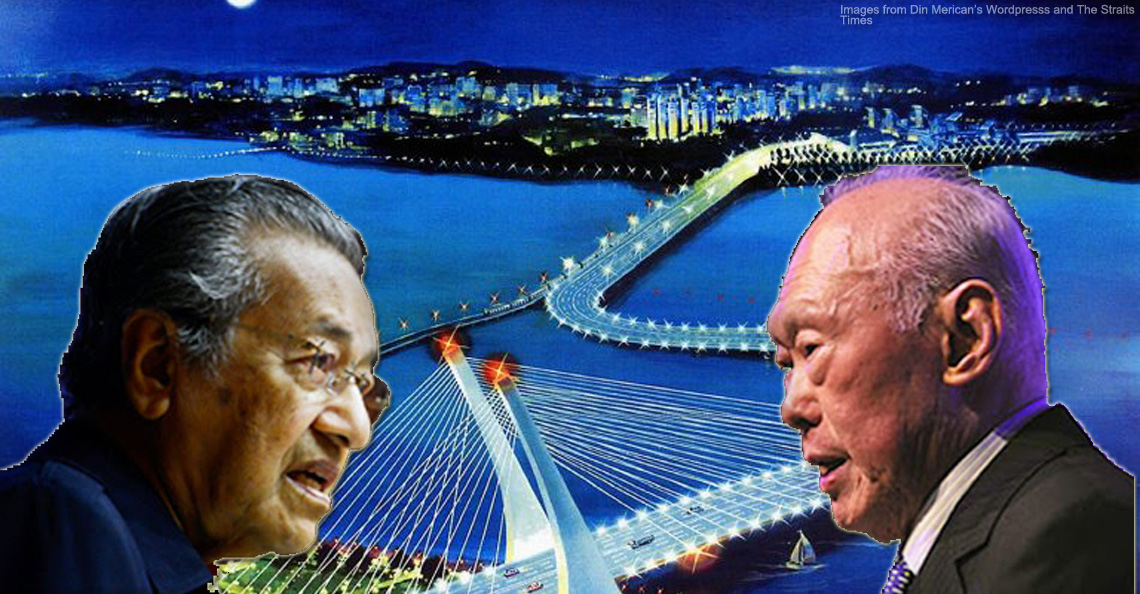How does Malaysia’s MyKad stack up against 7 other countries?
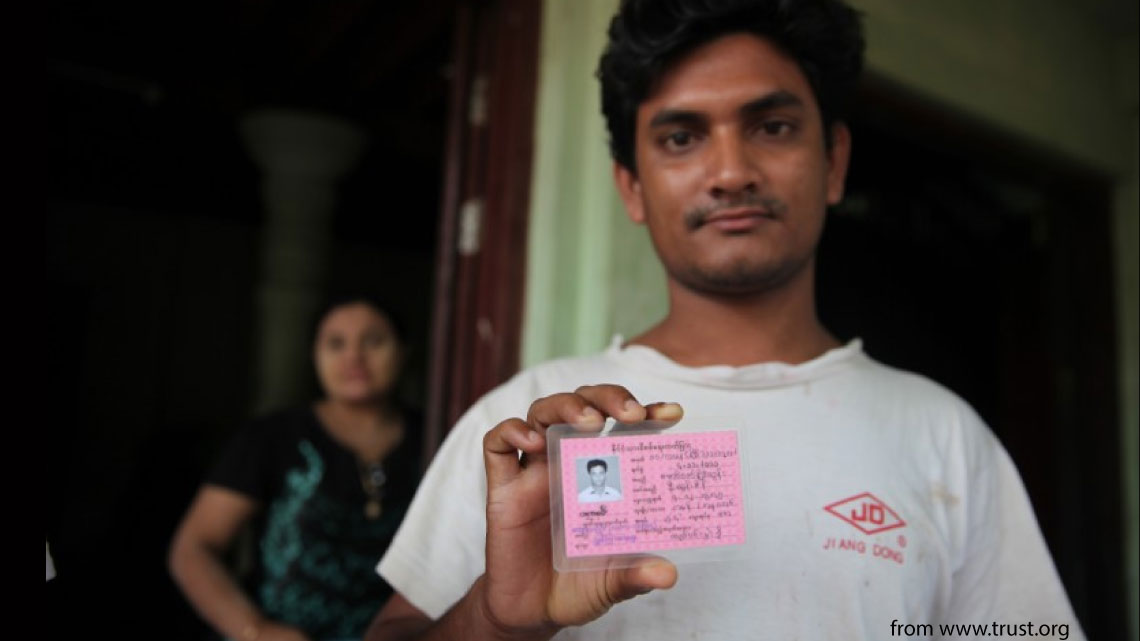
- 189Shares
- Facebook173
- Twitter1
- LinkedIn3
- Email2
- WhatsApp2
After last seen fingering a Digi banner, Jason Lo has made headlines again, this time suggesting on Twitter to removing the word Islam from MyKads. Of course, once again, he received massive backlash from netizens, accusing him of being anti-Islam, and an almost equal number of supporters who think it’s not a bad idea.
He also surprised a number of his protesters by revealing that he too, was a Muslim and that his point was that having RELIGION on your ID card polarizes the nation more than it unites them (PS: Polarising has nothing to do with global warming, its an atas way of saying ‘to divide the country’).
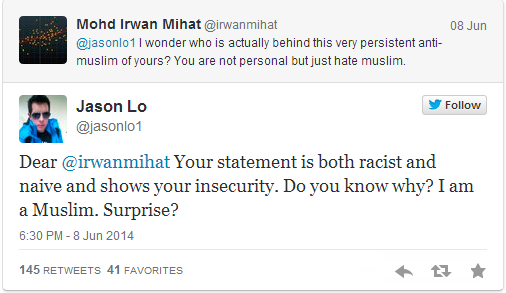
This made us think about how much our ID cards say about our country, and then of course, how other countries do it. So here’s a list of FOUR countries with more info on their IDs than us, and 4 countries with a lot less, or even nothing at all. But first, let’s take a look at our own MyKad.
MyKad – the only kad we’ve known
The Malaysian identity card started out in 1948 as a way to curb the communist insurgency. Since then, it’s become an integral part of our culture – used to identify us for a whole bunch of reasons – from domestic flight ticket collection to EPF withdrawals and bank accounts, and more recently, to tell sleepy guards that we aren’t criminals.
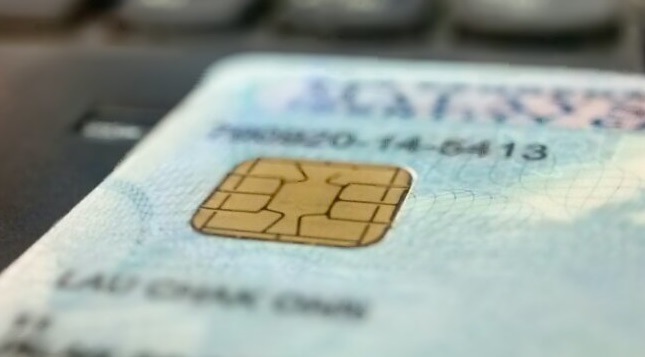
The basic information on the card is this. Your name, address, citizenship, sex, and your 12-digit IC Number – which indicates birthdate, place of birth and gender. Oh, and if you left it at home, if found guilty, you might get jailed up to three years or to a minimum fine of RM3,000 and a maximum fine of RM20,000 or both.
The most recent version that came out in 2010 is equipped with a 64k chip that allows us to load Touch&Go Credit, as an ATM card (although we still don’t know how to do this), and even to store public health information. We were the first in the world to do this, and to be honest, it’s actually pretty darn useful.
HOWEVER…
Like other Islamic countries, Malaysia practices dual law systems; secular laws (criminal and civil laws) and Sharia laws that cover Muslims only. The reason MyKads for Muslims have the word Islam on the front of the card is because government authorities use it to determine which citizens are subjected to Sharia law. While other religious affiliations are not printed, they ARE, however, encrypted in the smart chip on the card.
Now let’s take a look at… 4 countries with more forceful ID cards than Malaysia
1. Burma – Hardly worth the paper it’s printed on

Let’s start with something simple. And we mean really simple. The Burmese National Registration Card is made of pink paper, with a piece of laminated plastic to protect it from the tropical weather. No smartchip, no hologram, nothing even remotely digital (even the details are handwritten).
“This ID card is easily damaged because it is made of paper and it is not made with secure technology so it is difficult to check whether it is valid or not. So it is really necessary to change to a smart card,” – 20-year-old Burmese national Aye Thandar on Irawaddy.org
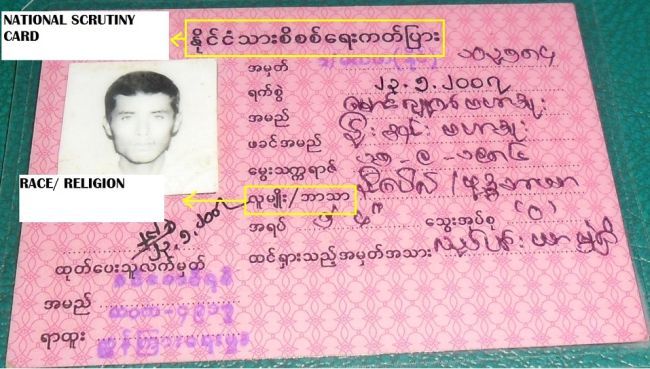
It comes with your name, address, and of course as with any third world regressive country, your race and religion. The thing is, there are people who don’t think it even means you’re a proper Burmese citizen (although we hear the queues at the citizen application counters are pretty short).
In Burma, it’s the Muslims who are persecuted, although they are of the Sunni sect. Why? Well it’s kinda complicated. In fact, I challenge you to find a Wikipedia page that has more headers per text than this one about Islam in Burma. All we can tell you is that ethnic cleansing is alot easier when your deets are on your ID.
The one advantage of this card, and the main reason why it’s still around is its cost. “We need to consider those who cannot afford the current citizenship scrutiny card, which only costs about six kyats [less than 1 US cent, not including photo costs],” said Tin Chil, a director at the Ministry of Immigration and Population (MIP), adding that a smart card would cost at least US$1 (about 1,000 kyats).
Hmm.. and how much does our own MyKad cost you ask? Well earlier in 2014, Datasonic bagged the RM292 million contract. The first order is to produce 4 million MyKads with polycarbonate this, and security that for RM71 million. Do the math, guys… that’s RM17.75 a card – or more than 5 times what it’s costing our neighbours in Burma. #justsaying
2. Indonesia – It’s complicated

This monster of anti-privacy looks more like a Facebook profile page. Printed on the e-KTP are:
- Nomor Induk Kependudukan (NIK) – something like IC number
- Name
- Place of birth
- Sex
- Blood type
- Current address
- RW/RT code (Rukun Warga – Citizen’s Watch / Rukun Tetangga – Neighbourhood Watch) – lowest form of government strata to run daily social life of citizens (sounds like the Districts from Hunger Games yo)
- Kelurahan – sub district
- Kecamatan – district
- Religion
- Marital Status
- Occupation
- Nationality
- Expiry date
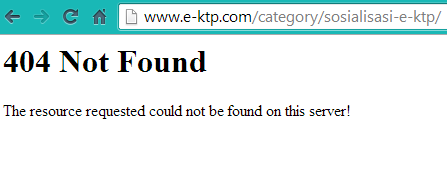 Whoah. The only thing missing is what kind of bakso they like. Not only that, but it’s even got an EXPIRY DATE of 5 YEARS which means that it might get updated more often than your Friendster account.
Whoah. The only thing missing is what kind of bakso they like. Not only that, but it’s even got an EXPIRY DATE of 5 YEARS which means that it might get updated more often than your Friendster account.
Which is totally hypocritical, since the website for e-ktp looks like it hasn’t been updated for ages – it’s full of broken links and 404’s. Demanding even more information than the Malaysian Government, they obviously share our pre-occupation with tech L33tness… and unfortunately, its facepalmness.
For instance, the e-KTP has an antennae which releases a wave of info when you rub it (stop thinking naughty). However, banks in Indonesia lack the RFID readers to read them. Also, the owner’s signature is not printed on the e-KTP, making it hard for banks to verify anything on it. (translations and extra info from: http://wiwienwonderland.blogspot.com/2007/07/rt-rw.html)
3. North Korea – It’s the mines for you, boy
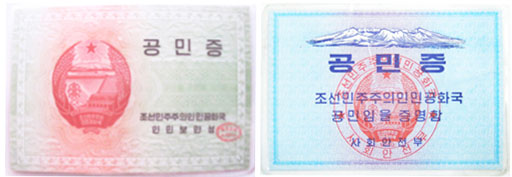
Being the most secretive country in the world, finding information on identification documents used in North Korea isn’t easy. In fact, we’ve only managed to find one photo of IDs issued to North Korean citizens, and even that’s pretty outdated (The one on the right is from 2004, the left undated but older) 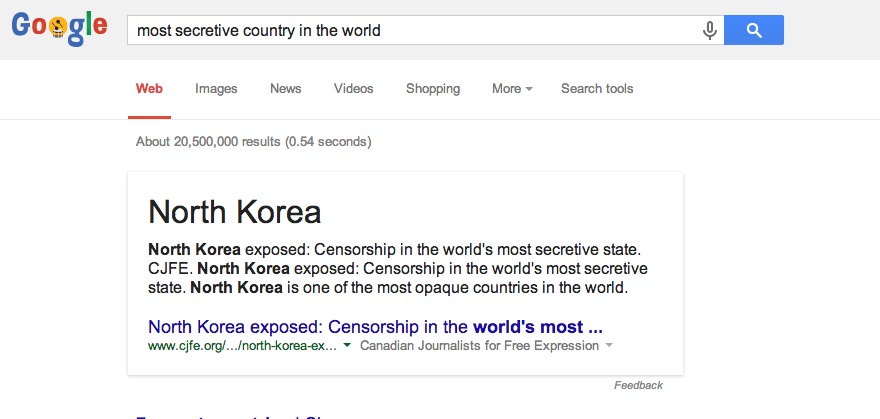
From what we know, North Korean identity cards contain a photo, name, gender, race, birthplace, and residence and are usually updated every 10 to 15 years. North Korean authorities began issuing new cards in 2010, with a computerized system to access citizen databases.
This was following a mass move to update residence records which also helped identify possible defectors. However, being made of humble plastic, South Korean spies have managed to duplicate them and infiltrate the government.
This prompted ol’ Kim to break the bank for a new series of electronic cards (similar to our MyKad). The new card will also somehow hold travel info of where you’ve been and where you’re heading. Whoah. And if you’re somehow forgot your wallet at home while heading out with your friends? Then it’s the labour camps for you. No, seriously.
4. Russia – Don’t leave home without it


So apparently earlier this year, shortly after the Ukrainian invasion happened, Mastercard and VISA started boycotting Russian banks . Since they handled 90% of all credit card transactions, and the financial system was in danger of grinding to a halt, Mother Russia responded the only way it knew how – by making the nation’s identity cards into credit cards.
Since it was a rushed solution, things aren’t entirely clear about the card just yet. From the Wiki (And Google Translate), we found out that the card will hold the citizen’s name, sex, date of birth, signature, photograph, credit card number and expiration date, a mandatory pension insurance system, a system of compulsory health insurance – insurance policy. Conveniently, the expiry date on the credit card also ensures it will be updated every 5 years or so. Nice. In future, the card is also planned to be a replacement for an internal travel document, as well as a driver’s license.
That said, let’s look at another 3 countries who’s ID cards aren’t as forceful
5. Phillipines… Filipp..Philis………. PH
Surprisingly, the PH doesn’t even have a compulsory ID. The one seen in that picture is an effort by the Social Security System (SSS), Government Service Insurance System (GSIS), Philippine Health Service Insurance Corporation (PhilHealth), and the Home Development Mutual Fund (Pag-IBIG Fund) to come together on a single card called the Unified Multi-purpose ID (UMID) – it’s not compulsory and it has the most basic of information, notably no RACE or RELIGION.
It does have a smart chip, but the smart chip doesn’t show anything that’s not already plainly shown on the card surface. So if it’s not compulsory then what do our neighbouring Pinoys use? Driver’s license mostly, but there’s a whole list of usable IDs listed by priority here.
6. The Americas – Resistance to Big Brother

In the US, like in PH, the driver’s license is the main form of identification used. It’s issued by the Department of Motorised Vehicles, or DMV for short (which you always hear being used in movies to find out details about some criminal). It’s also the world’s most flexible cabinet ministry, The DMV is the only cabinet-level department that is flexible – it can be part of the state government, OR it can function without the state government (Hawaii & Kentucky – DMV works with county governments), in District Columbia, DMV is part of the city government.
The card itself is recognised enough that you can board domestic flights with it, cand even cross over to Canada and Mexico. It’s important to note that in the US, state legislation holds alot more power than say here in Malaysia. If a state doesn’t want a law, it doesn’t need to accept it. This is what happens whenever the US government tries to implement a Nationwide ID system, everyone starts thinking it’s the MARK OF THE BEAST, that the government will start barcoding citizens, and the world will turn into something out of a Sylvester Stallone movie.
In 2005, the U.S. Congress passed a controversial bill known as the REAL ID Act that transforms the driver’s license into a national identification card and puts all the details in a centralised nation-level database, but because it’s issued by the state, and not the federal government, its authority is questionable, even if it is being implemented by X-Files regular, Department of Homeland Security. Of course, it was objected by 19 states and to our knowledge, has been on hold since.
Over in neighbouring Canada, sentiments are the same. The government actually created an Enhanced Driver’s License (EDL) complete with an RFID chip, but after 5 years, Quebec decides to discontinue the EDL program, citing low demand as the reason (this kind of business ok to privatise la). In fact, some Canadians are so worried about their privacy that a new company has emerged that encases your card in a case to prevent it from being read.
7. Singapore – Choose your race

This one is surprisingly fascinating, particularly for what’s known as one of the most totalitarian governments in the world.. Aside from pretty much the same info as our MyKAD, Singapore actually allows you to put TWO RACES on your National Registration Identity Card in accordance with their new race diversity (or as we Chinese people call it, the invasion). This is what they call “double-barrelling” (which indicates that all Singaporeans also shotgun wedding), which applies to all babies born as of Jan 1st, 2011. Here’s how it works.
- Your race must be a logical combo of your mom’s and dad’s races. E.g. Malay-German or Malay-Caucasian. So no Klingons or Jedis, unfortunately.
- The race in front is regarded as the dominant one (oh boy can we see people arguing over this one). E.g. in the above example, “Malay” is the dominant race. Wow. Wonder what that last sentence will do for our SEO ranking.
- All siblings from the same parents must have the same race
- If the kid gets married to someone else of mixed parentage, only the dominant race counts for both.
- e. If in doubt, you can also just call your kid Eurasian – or as we say here in Malaysia, DANLAINLAIN.
More info to those interested at www.ica.gov.sg. Best thing is, you’re not even required to carry one by law. It’s only used when necessary – like a Passport. Also oddly enough, the President is exempted from having an IC. Probably cos everyone knows who he is.
If a country as totalitarian as Singapore (even the Back To The Future game references it in a dystopian future) can survive with this much racial leeway, and not a hint of religious leaning, then what does that say about us?
Two sets of laws are confusing
With the two law system in Malaysia, it’s logical to have MUSLIM written on the MyKAD to indicate which citizens are subject to which laws. But perhaps it’s time to do away with the two law system entirely? If you check out the list of countries with both common law and religious law (Afghanistan, Bahrain, Syria, Egypt… etc), you’ll note that almost all of them are countries in severe conflict. Even from our own website, you can see religious law is causing no end to the list of conflicts, although thankfully, not too many violent ones yet.
Laws are setup to make civilisation sustainable. It prevents activities that are counter-productive (like murder and theft) to the population as a whole. Laws are also subject to change with the times, as the needs of humanity change with it. Religious law, however, is based on faith, and beliefs of that religion, many of which were created many many centuries ago when the world was a very different place.
While we have nothing against religious law (to each their own), we see no need for it to be legally enforced. Even the Quran itself mentions that it is the right of the individual to accept or reject to religion – so why force it down the throats of those who had no choice in their religion. If indeed being Muslim was a choice in Malaysia, then perhaps we would be less against it.
But if one’s identity is not their choice, then what good does it do?
- 189Shares
- Facebook173
- Twitter1
- LinkedIn3
- Email2
- WhatsApp2

